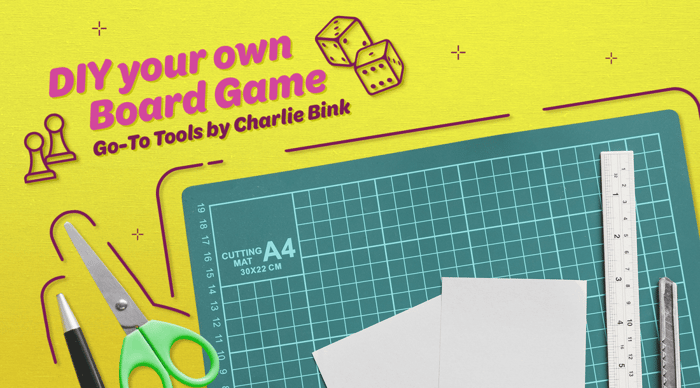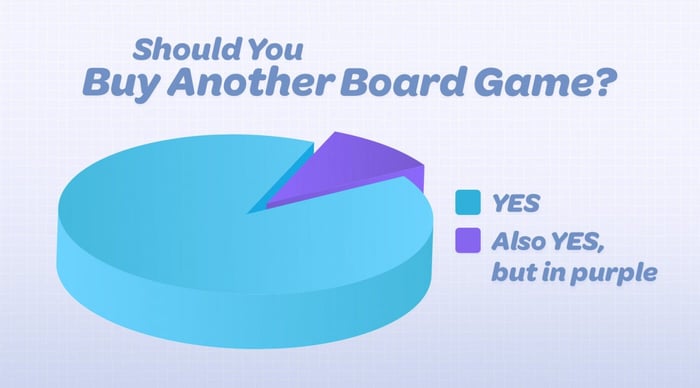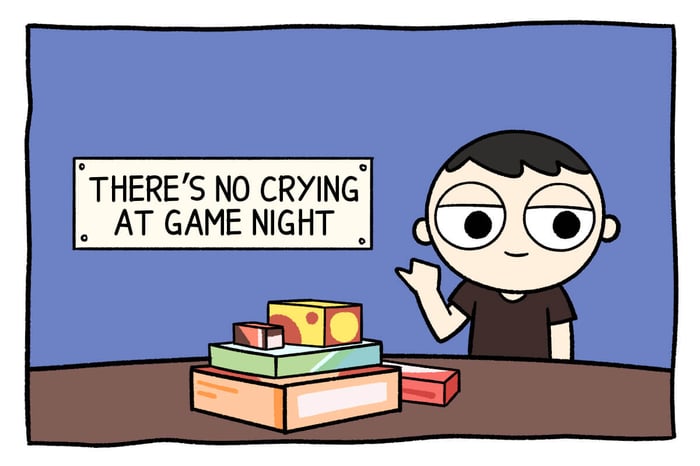One of the most appealing things about designing board games is the low barrier to entry. It doesn't require any fancy equipment or special skills–just a bit of gumption and creativity! So if you've been wondering how to make a board game at home, this list will help you get started.
I've collected a few helpful items below that can aid you in your game-making journey. This list is organized from "most basic" items that you likely already own, to "most elaborate" items that can help up your game. Regardless of the tools you use, have fun while you're doing it!
Paper, Writing Tools, Scissors & Ruler

Nearly everyone owns these common office supplies, and it's remarkable how much you can accomplish with them. A few sheets of printer paper can be fashioned into whatever game board you can imagine. And if you need some cards, cutting up paper into same-sized rectangles is always an option.
Components From Existing Games

Dig through your collection of games and you'll find tons of reusable items that can be helpful in game design. Some of the most notable items include: player pawns (or meeples), wood cubes, paper money, dice, sand timers, spinners. The list goes on! Oftentimes simply exploring what you already have can jumpstart ideas for new ways to use these materials. If you don't own any games with helpful pieces, you can buy them on sites like Print & Play.
Computer And Printer

While it's not necessary to make games using a computer, it definitely helps a lot. Being able to save work, make small iterations, and then quickly print those changes out will speed up your workflow massively. You don't have to be well versed in design software either. I've known many game designers who will use free online softwares like Google Docs to make basic templates for cards, and then print those out for use in playtesting.
Paper Cutter

Once you start using a computer to make games, you'll likely be printing out many sheets of cards. These sheets will need to be cut, and while a pair of scissors can do the job, a nice paper cutter makes a world of difference. This is one of my highest valued game design tools.
Cutting Mat & Precision Knife

If you need to make large or intricate cuts, you may favor using a precision knife (like the X-Acto blade) on a cutting mat. The rubbery surface of the mat will protect your table from being sliced. It also makes for a good work area when using permanent markers that may bleed through your paper.
Card Sleeves

Many people buy card sleeves to protect their valuable game cards while still being able to play with them. However, most game designers use these in a different capacity. Shuffling loose pieces of paper you've cut up for your game prototype can be a real pain. Cards need a level of rigidity before they can be handled with ease. Shelving your prototype cards makes them much easier to shuffle and play with. You can even buy different colors to represent different types of cards in your game.
Graphics software

If you're getting really serious about making games, learning the basics of software like Photoshop, Illustrator and InDesign will take you to the next level. Programs like these can be used to create templates for components in your game and allow you to quickly tweak and reproduce them. The art of graphic design plays a huge role in game creation, and the earlier you are able to solve design challenges that arise, the more polished your game will be in the end.
If you want to learn more about making great board games, check out this article from Nick Bentley.





